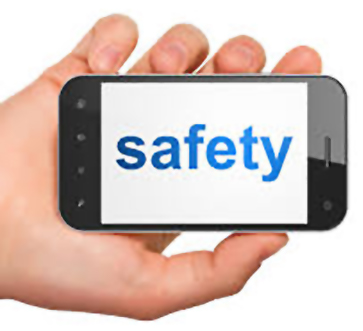Marketing and Social Media

PANEL OVERVIEW

The goal of this session was to provide information and guidance for transportation agencies trying to deliver consistent, memorable safety messages to constituents. The panelists provided strategies for creating messaging for the right audience and delivering consistent messages across multiple platforms, including the variety of social media avenues available. Also included in this conversation was information around multi-generational messaging, which takes into account the various ages and technological savvy of citizens. The three speakers in this workshop represent Farrah Consulting Group, Inc., MBS Consulting and the Massachusetts State Police (MSP).
WHY ARE WE TALKING ABOUT MEDIA, MARKETING AND SOCIAL MEDIA?
One challenging aspect of successful safety messaging is navigating the wide variety of platforms for delivering the campaigns. The variety of social media, print, email, and other mediums provides a challenge for organizations with small budgets and very little people power. The next challenge is related to the idea of translating campaigns across different formats – from television and radio to social media – and for a variety of ages and interests.

ADDRESSING DATA TOOLS AT THE SUMMIT
To address best practices for using media, marketing, and social media, the planners of the Summit sought out a variety of speakers that shed light on this topic. The presentations in this workshop included the following:
• The Importance of Key Messages - Maria Farrah Howell of the Farrah Consulting Group, Inc. discussed the elements of successful public information campaigns, specifically the use of clear and consistent messaging to shape media coverage.
• Social Media: Not Just for Millennials - According to Marty Buss Smith of MBS Consulting, social media can be defined as platforms for interaction, conversation, and relationships. This presentation provided ideas for utilizing social media platforms as part of an overall marketing and public relations strategy.
• Sharing Examples of Using Social Media for CMV Safety - Trooper Dustin Fitch of the MSP showed conference attendees how the MSP uses social media to increase awareness about CMV safety.
NEXT STEPS

Regarding next steps, speakers brought forth ideas to move forward with safety campaigns utilizing social media. First, set clear and realistic objectives. Next, create a social media strategy that is linked to the overall organizational media/PR campaign. Determine which platforms will work best, figure out the target market, and make a plan for how much time the staff can devote to maintaining each platform. Each speaker stressed that time must be devoted to each platform utilized in order to engage followers.
The next step is to create messaging in line with the organization’s overall branding and tone, and that fits with the target market. Regardless of platform, the branding and tone are consistent. Finally, to track progress and success of each campaign, use analytics to measure readership and overall engagement.
More information on these presentations can be found in the Commercial Vehicle Safety Research Summit Summary Report. In addition, the presentations can be accessed by clicking here.
